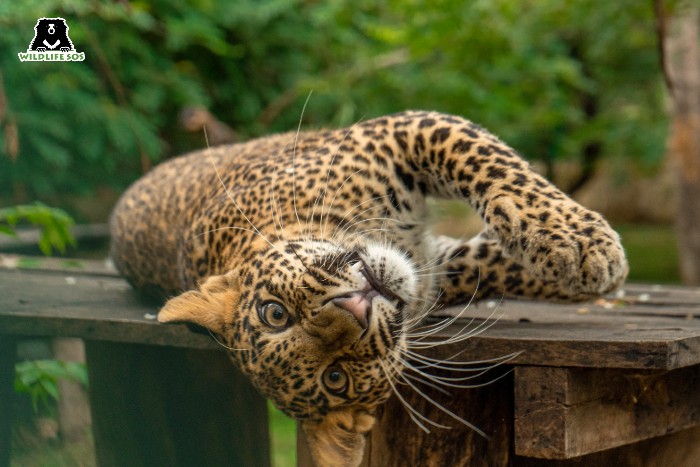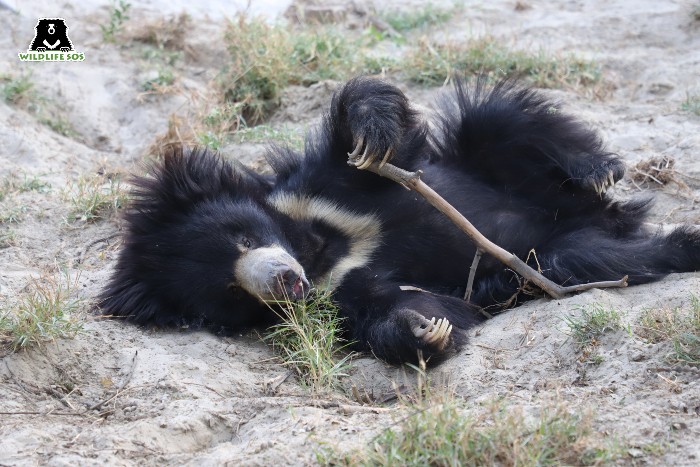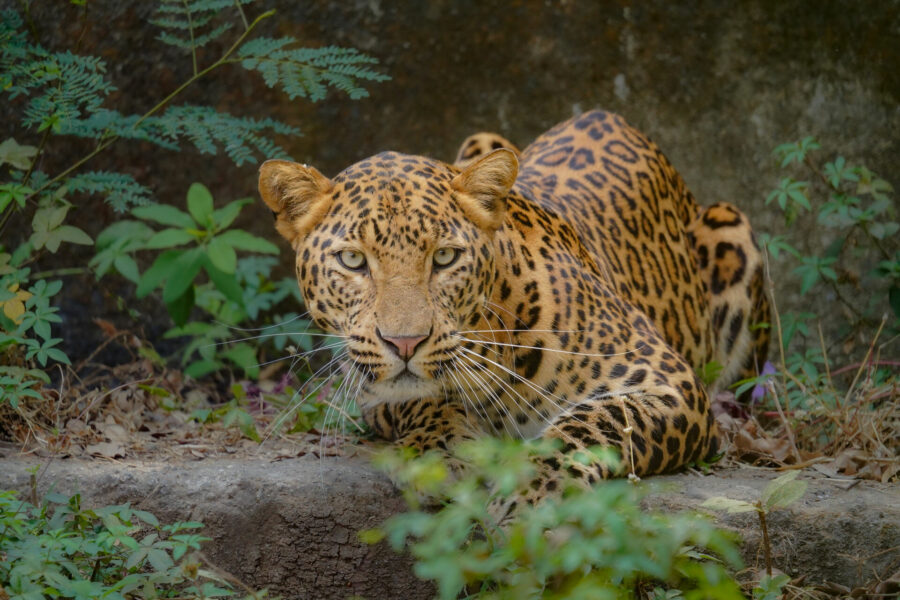Often when we feel exhausted, be it mentally or physically, we convince ourselves to take a day off from the stress we are going through. Many of us decide to read books, head to the spa, or just choose to sit and watch movies while munching on our favourite snack. It is extremely important to hit the pause button from time to time in order to relax ourselves.
Relaxation helps us all to refresh our minds before we kick-start our next task. But what if we told you that animals, too, have the need to relax.
Interestingly, animals like us humans, also take some time off to unwind and stretch!

Animals look for opportunities to squeeze in relaxation when they are not fending for themselves or aren’t under any threat. Let’s take a look at some of the smart ways animals take up to pamper themselves!
Big Cats
All cats, big and small, groom themselves daily for long hours. Cats have scratchy tongues due to the hook-like spines that are present all over it. While licking themselves, these spiky structures help comb out the felines’ fur with the guarantee that their coat stays clean. During summers, this relaxing activity also helps to cool down their body.
Leopards also use their tongues to groom their cubs and close companions. By indulging in this, leopards showcase their strong bonds for each other. At the Wildlife SOS Manikdoh Leopard Rescue Centre (MLRC), our resident leopards Ganesh and Vitthal display their affectionate relationship as friends by grooming each other!

Reptiles
During the peak winter season, crocodiles can often be seen sunbathing next to a river or pond. The crocodile skin is especially designed to absorb heat and maintain their body temperature. Relaxing in the sun warms their bodies and is one of the most calming sessions for crocodiles.
Crocodiles are ectothermic, meaning that their body temperature is determined by the outside temperature of the environment. If crocodiles experience overheating of their bodies, they resort to opening their mouths as a way to cool down.
Turtles also get immense satisfaction when they bask in the sun. Being cold-blooded reptiles, turtles too depend on the temperature of the environment they live in to keep their body temperature in check. Basking in the sun allows the turtles to therefore maintain the body’s internal temperature.

Elephants
One of the favourite relaxing activities of elephants is to bathe in water bodies like rivers or lakes. The pachyderms do this not only to cool down, but to also provide ample relief to their limbs. Another tool that elephants use to ward off heat are their ears! By flapping their ears, the air surrounding the body is set in motion. But that’s not all: the blood circulating in their ears begins to cool down with each flap, and therefore, reduces the overall temperature of their body as well.
Elephants also enjoy dust baths wherein they cover their body with dust and mud to beat the heat. All these diverse methods are used by elephants to relax whenever required. At Wildlife SOS Elephant Conservation and Care Centre (ECCC), the gentle giants delightfully participate in multiple mud baths to cool themselves down!

Sloth bears
Sloth bears are known to sleep for up to 10-16 hours in a day, especially in the summers. But when they are awake, they spend most of their time digging holes in the soil in search of insects to snack on. What is fascinating is that they have managed to work out a way to relax exactly where they dig, without any extra effort. Sloth bears rest against the very mounds of mud that are created after the digging exercise.
Along with this, we have observed how sloth bears at our rehabilitation centres also enjoy climbing trees, and end up dozing off on their thick branches! This makes for yet another refreshing break in their day.

It is widely believed that relaxation is the stepping stone to tranquillity. And animals sure know how to loosen up as and when required!
To read more such interesting articles about the wondrous world of wildlife, subscribe to our newsletter!





